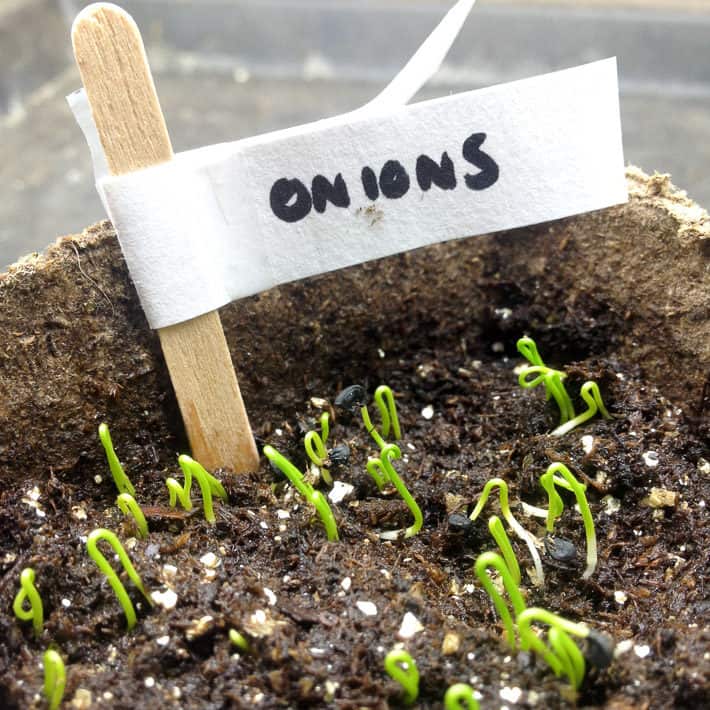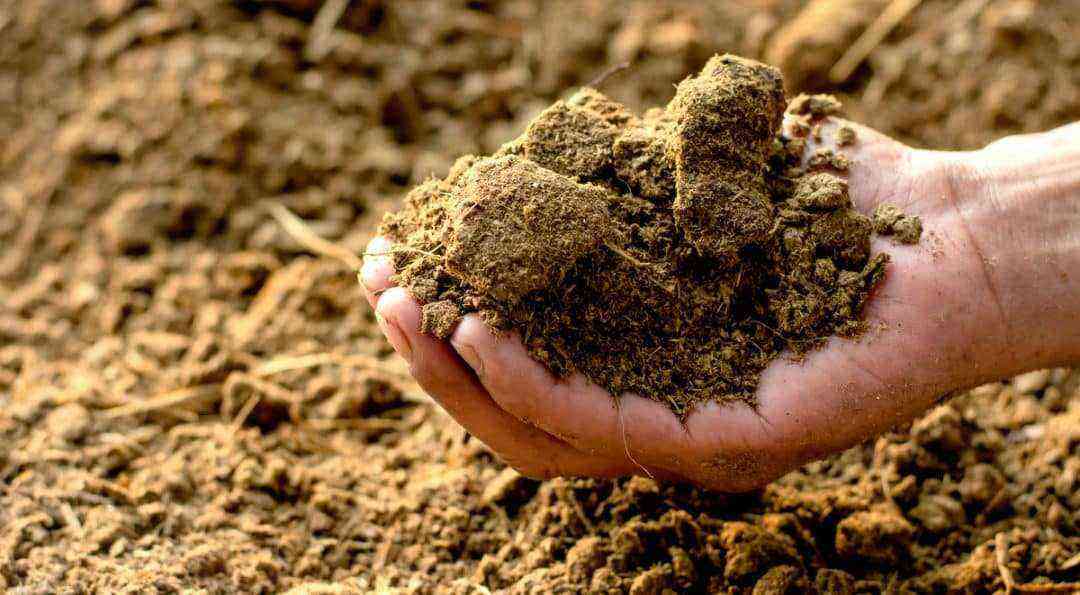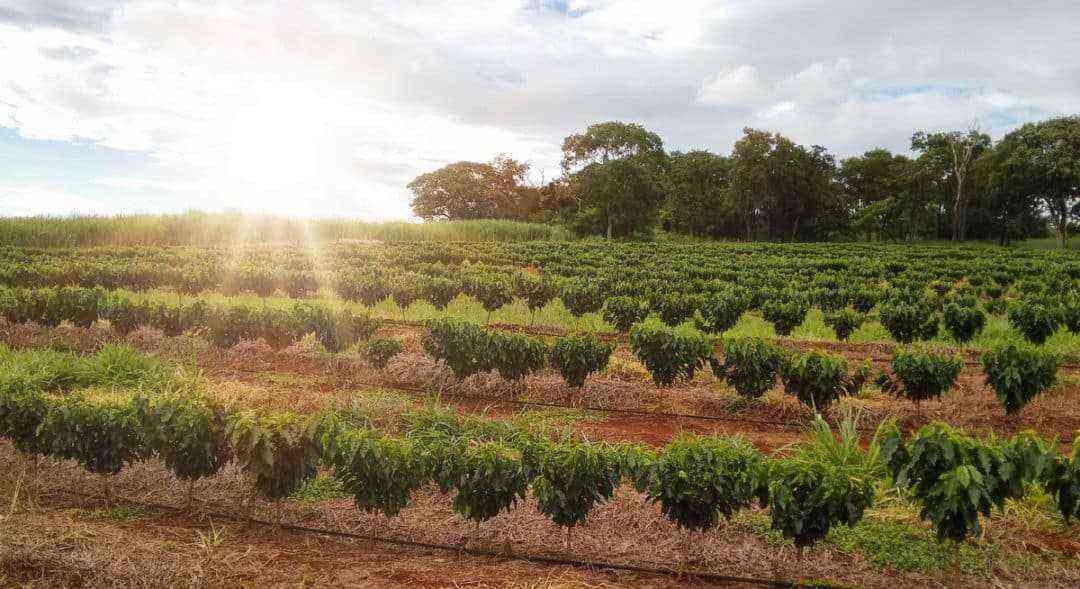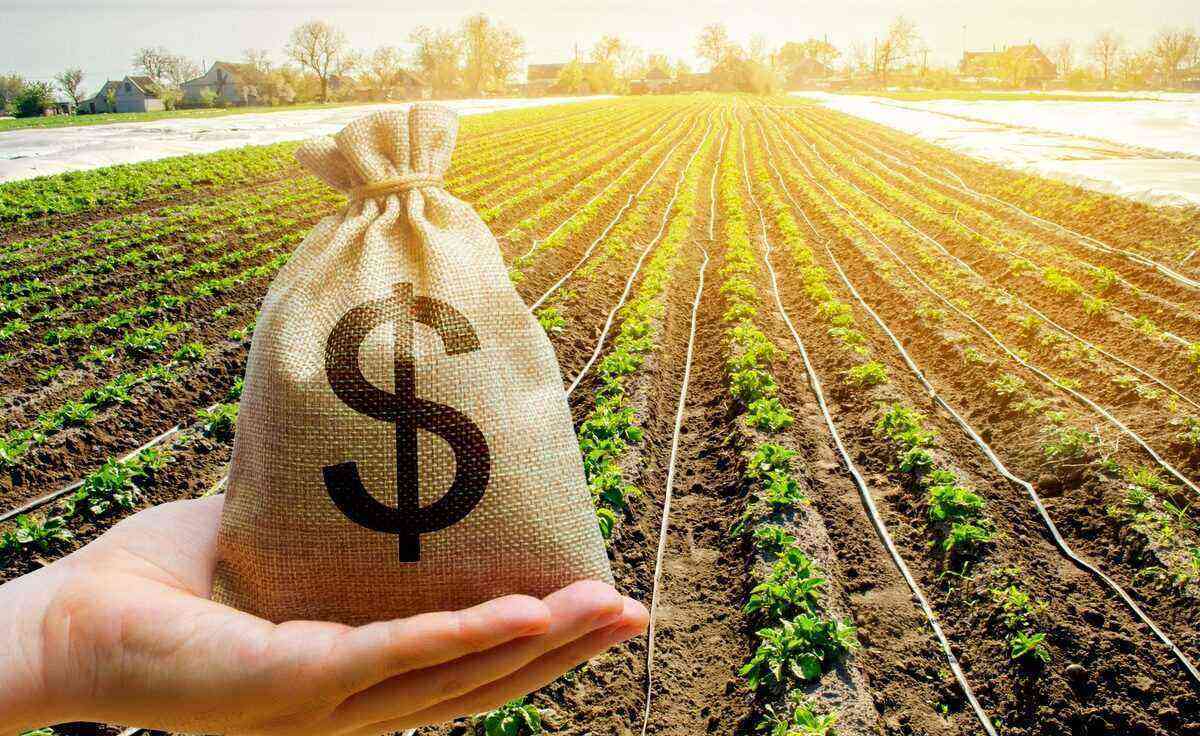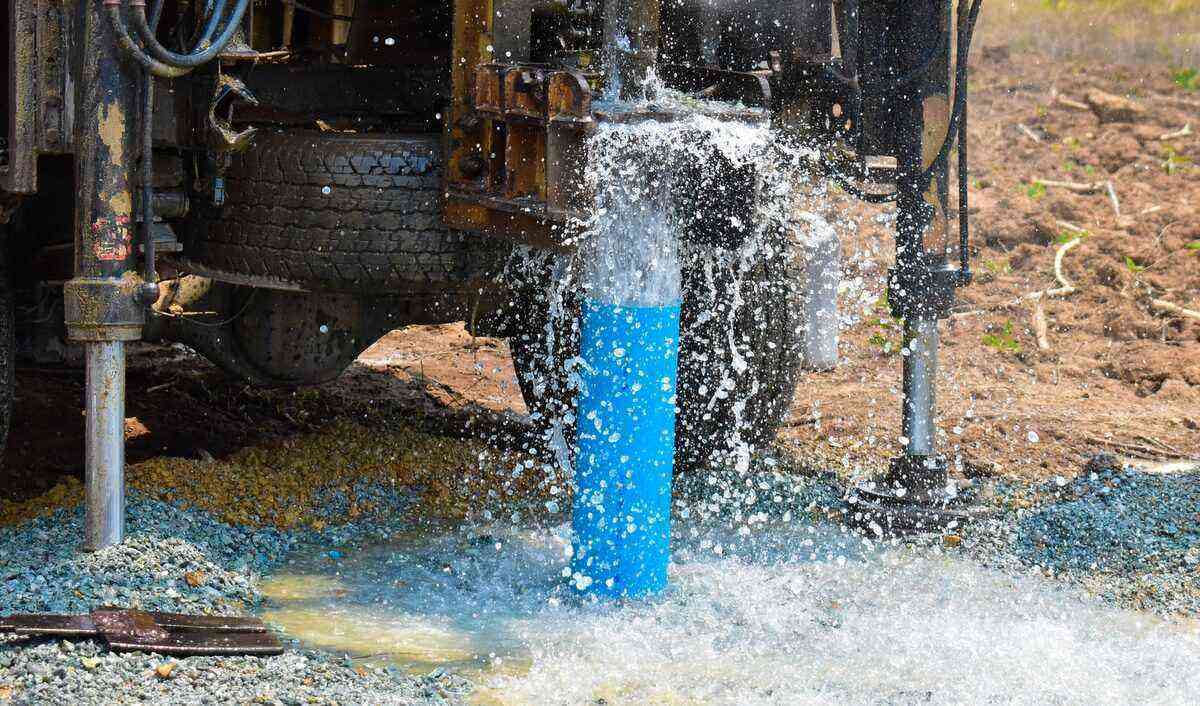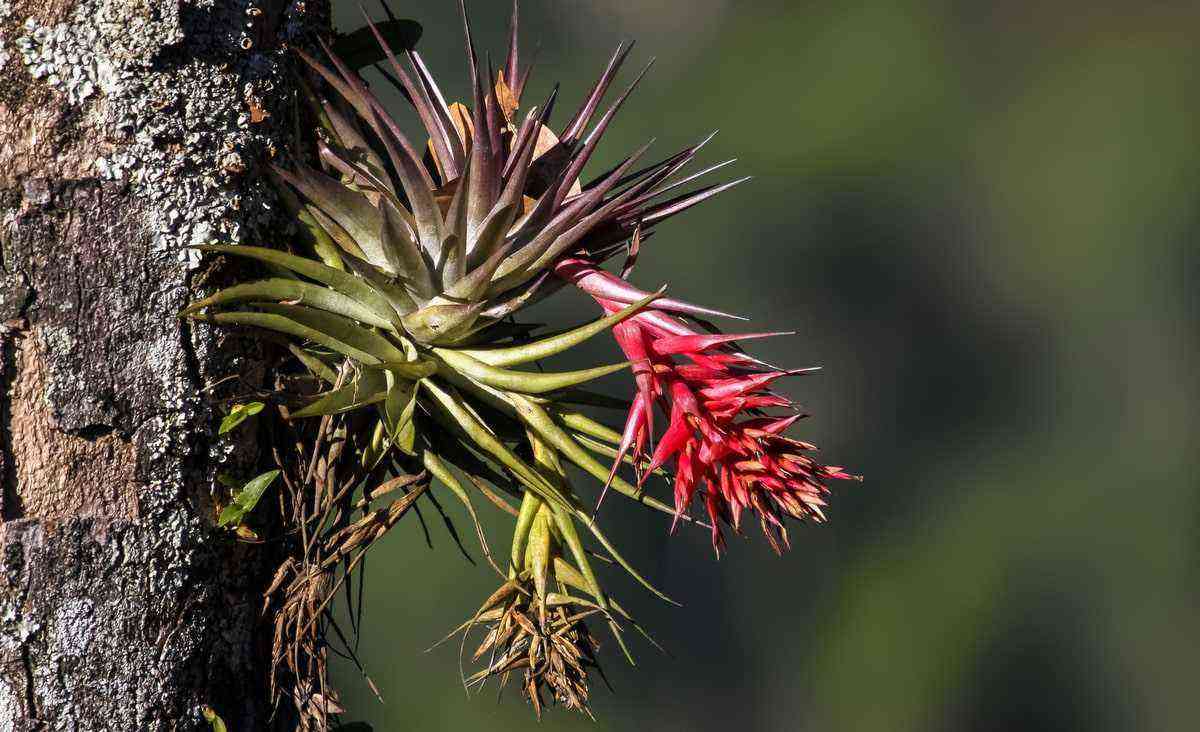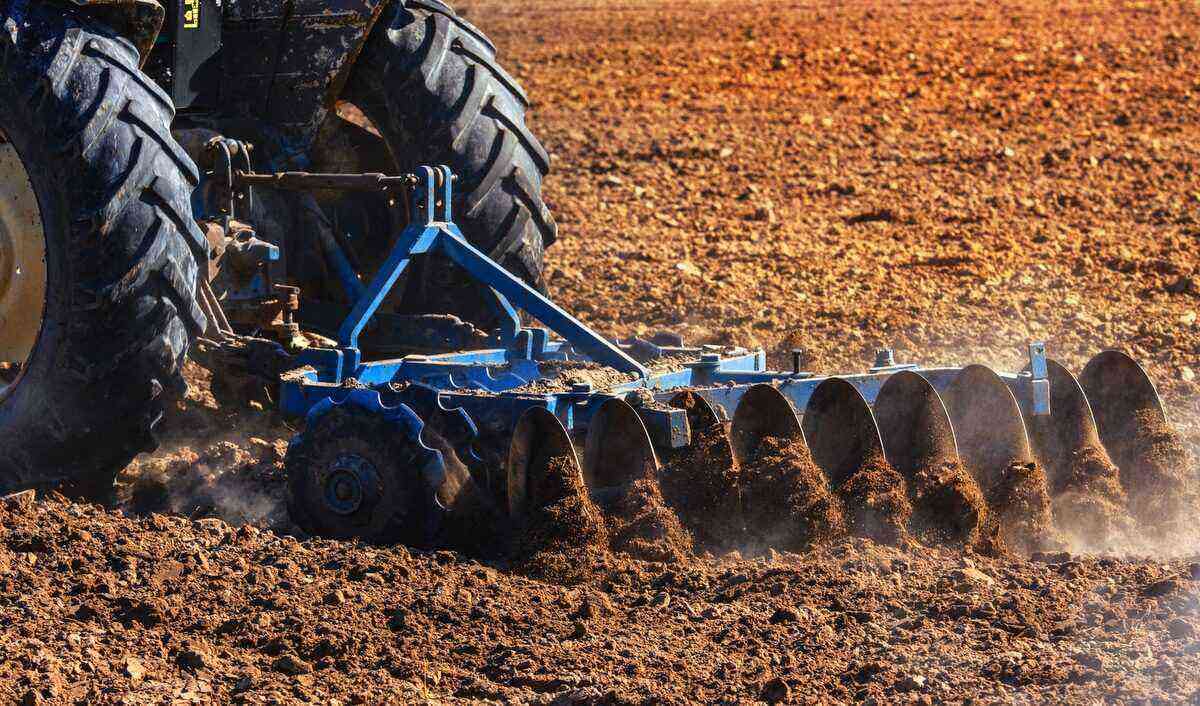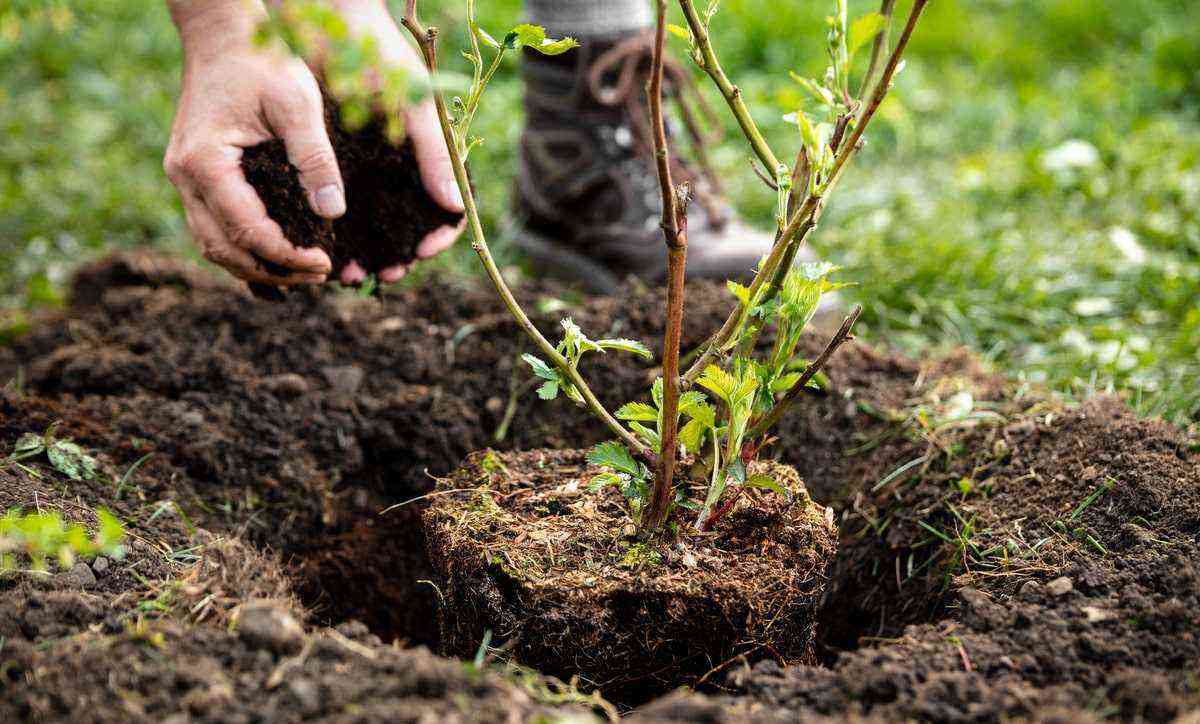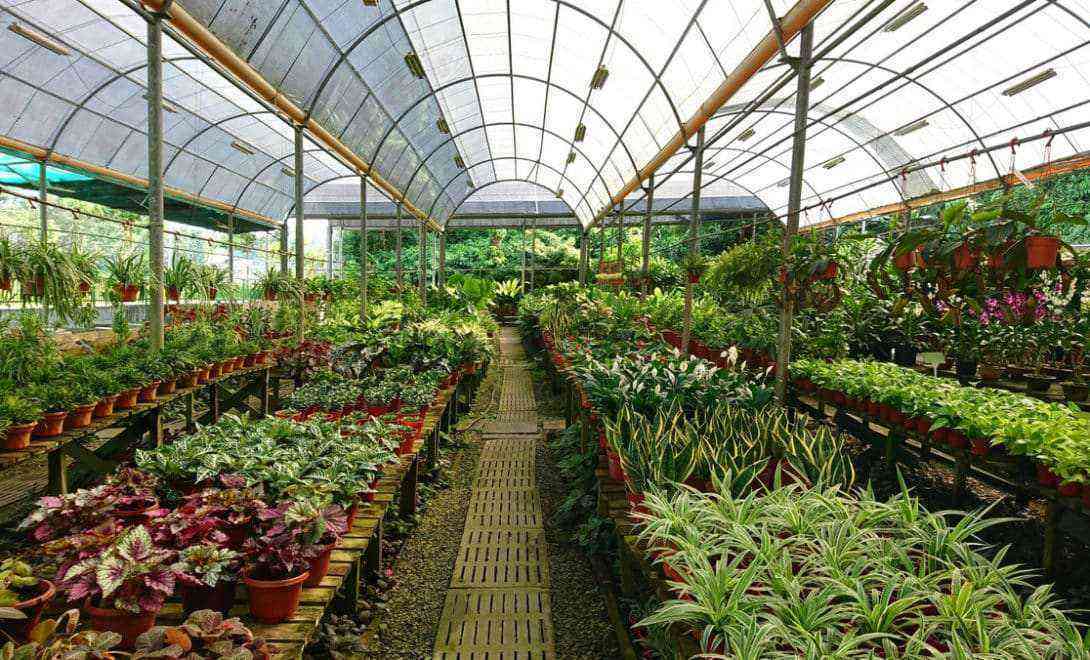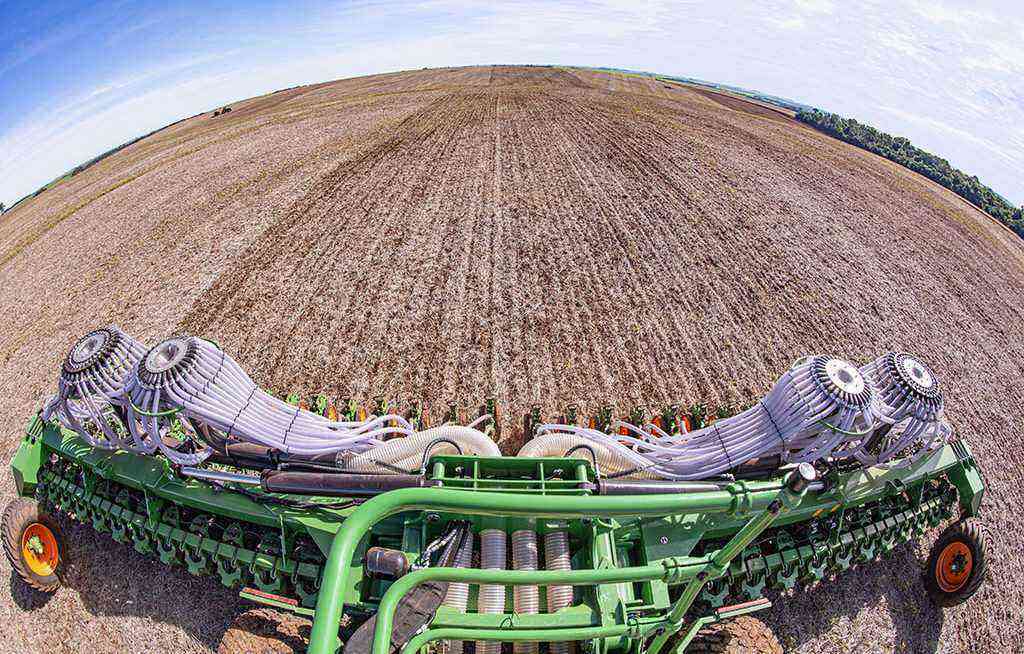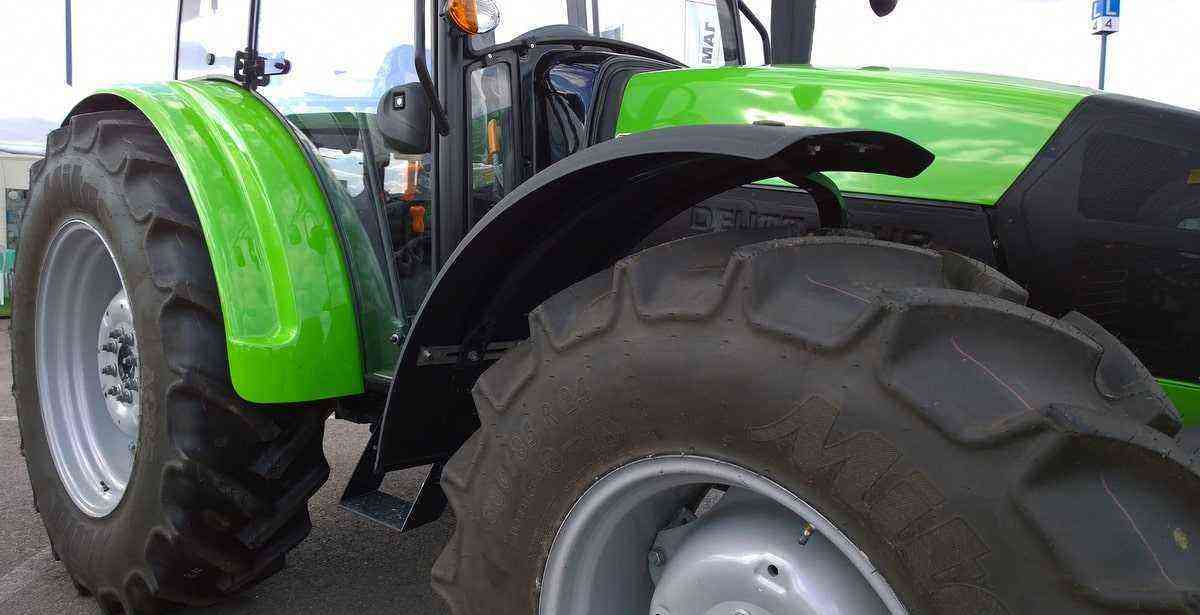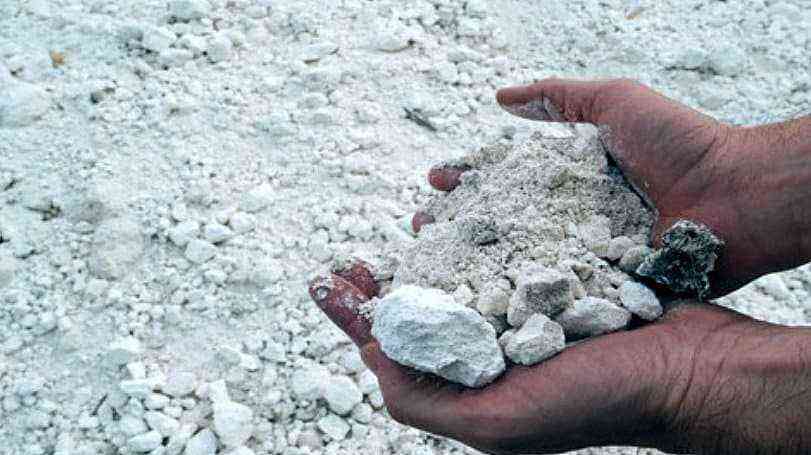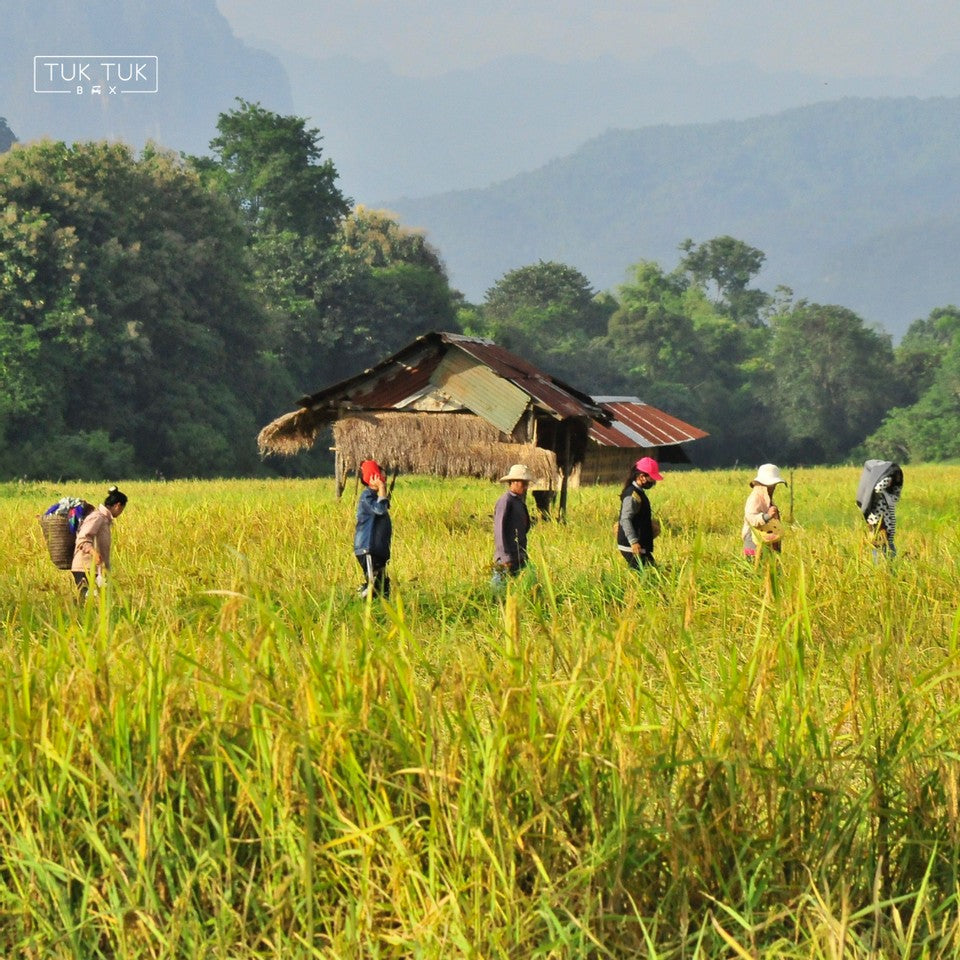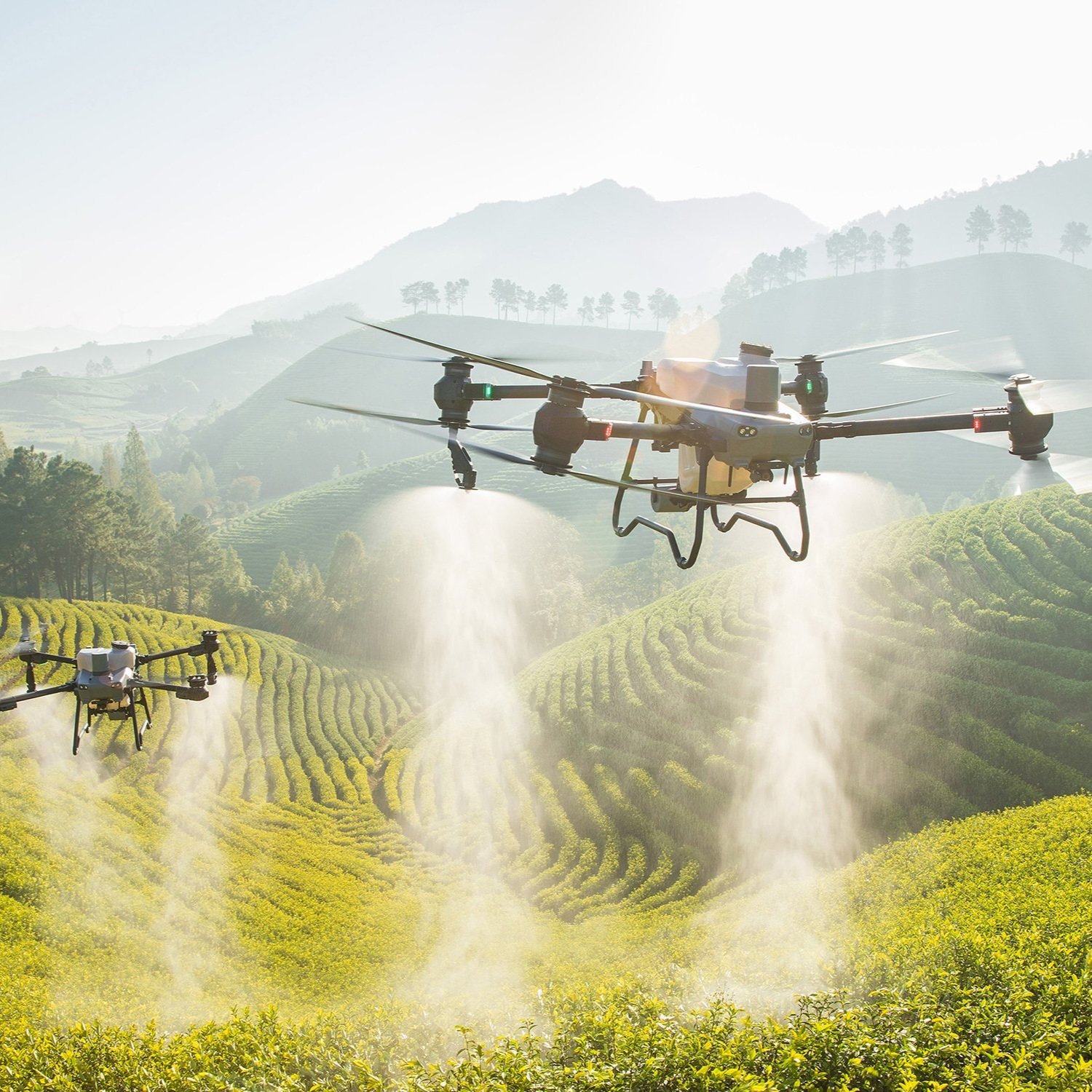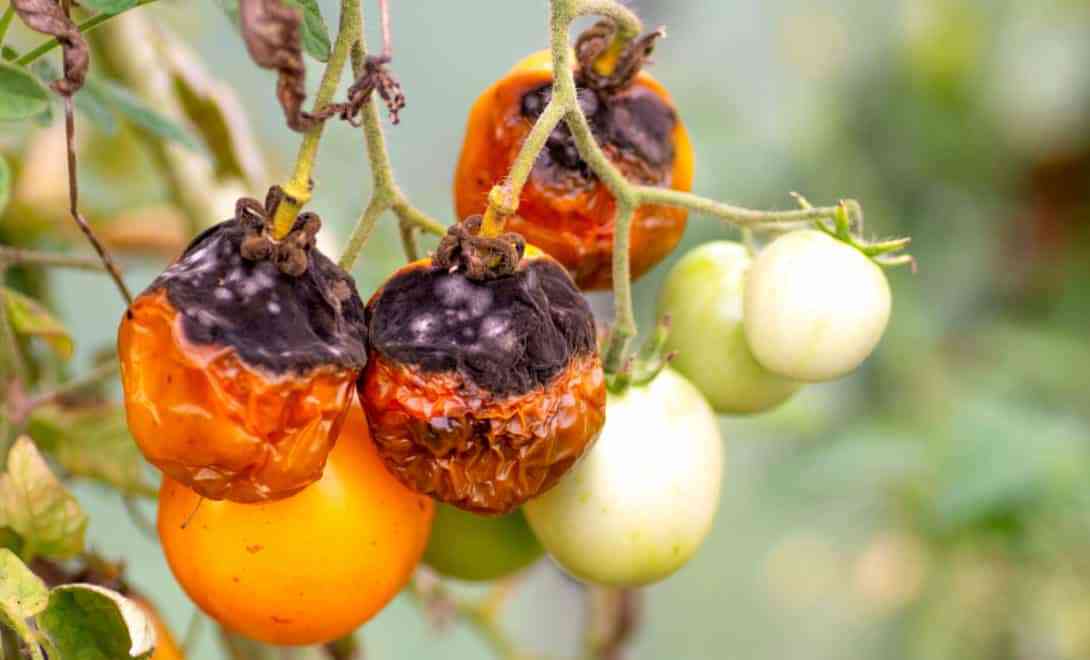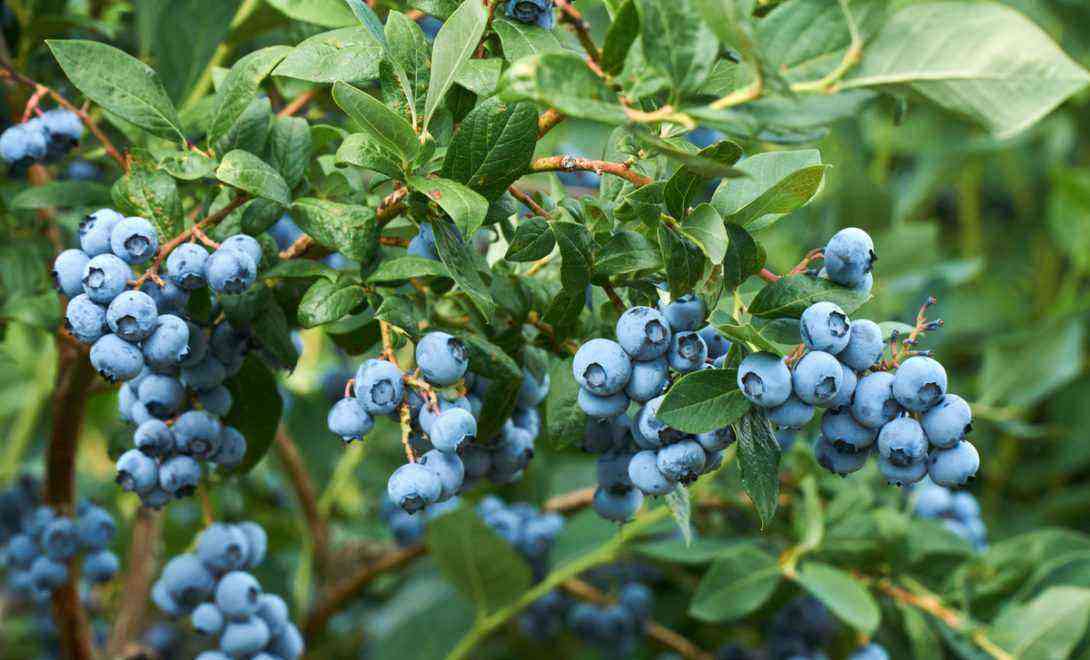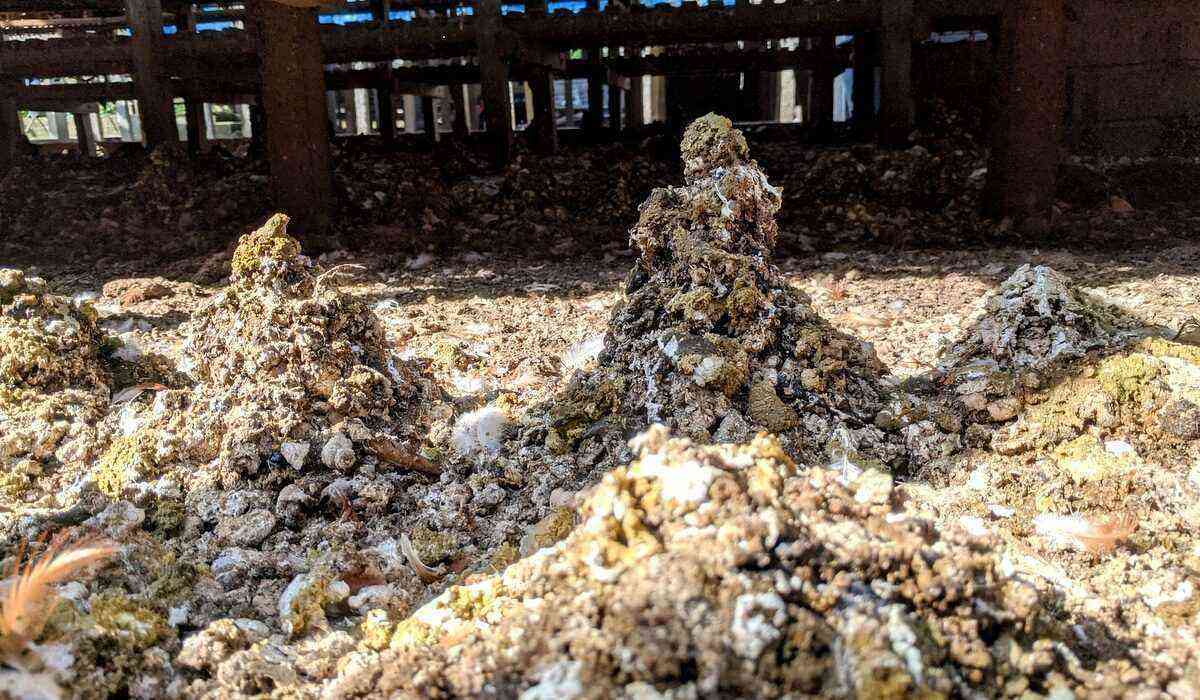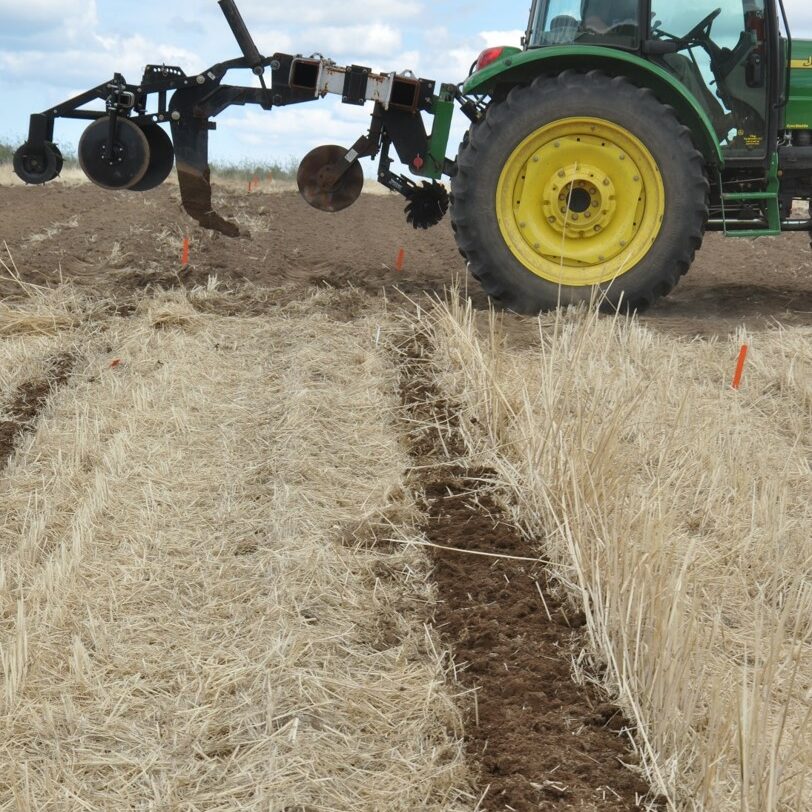Less planted area, however, more productivity. These are the projections for the 2019/2020 wheat crop, according to data from Conab (Companhia Nacional de Abastecimento). According to the institution, the planted area of grain in Brazil should suffer a reduction of 3,3%, falling from 2,06 to 1,9 million hectares.
However, if weather conditions are favorable, productivity should increase, rising from 5,3 to around 6,1 million tons.
The numbers are in line with statistics from the International Grains Council (IGC), which adjusted projections for the global wheat crop to 769 million tons, compared to 733 million in the previous crop. Everything indicates that grain production will reach a record level, surpassing last year’s numbers.
The high expectations come at a good time, since producers in the southern region, mainly in Paraná, which accounts for 50,06% of the grain planted area and almost 70% of production, have suffered constant setbacks with the weather. In recent years, the drought has contributed to a lower-than-expected harvest and a decrease in quality and productivity, generating a general atmosphere of discouragement among rural grain producers.
Some factors are essential for the success of the harvest, others directly influence the receptivity of the grain:

Wheat as a commodity is greatly influenced by the dollar exchange rate.
dollar quote
It seems strange that a foreign currency is so intertwined with Brazilian agriculture, but this is because the inputs (fertilizers, machinery, pesticides, seeds) are mostly purchased from international companies, which charge in dollars. In the last wheat harvests, this was one of the problems that led to the drop in competitiveness. Dollar fluctuations led the farmer to invest in inputs when the currency is up and sell the crop when the currency is down, resulting in lower profits.
With the rise in the US currency, the scenario for the 2019/2020 crop improves. It is expected that milling companies will pay more attention to domestic production to the detriment of commodities coming from abroad. If this happens, the short-term consequences are the appreciation of farmers with better wages.
planning and investment
At least one month before the sowing of wheat, an assessment of the soil is necessary so that the necessary corrections can be made. According to data from Embrapa (Empresa Brasileira de Pesquisa Agropecuaria), 25% of the success of the harvest depends on the correct fertilization and fertilization of the soil, since the increase in productivity and the quality of the grains are directly linked to the absorption of nitrogen from these inputs.
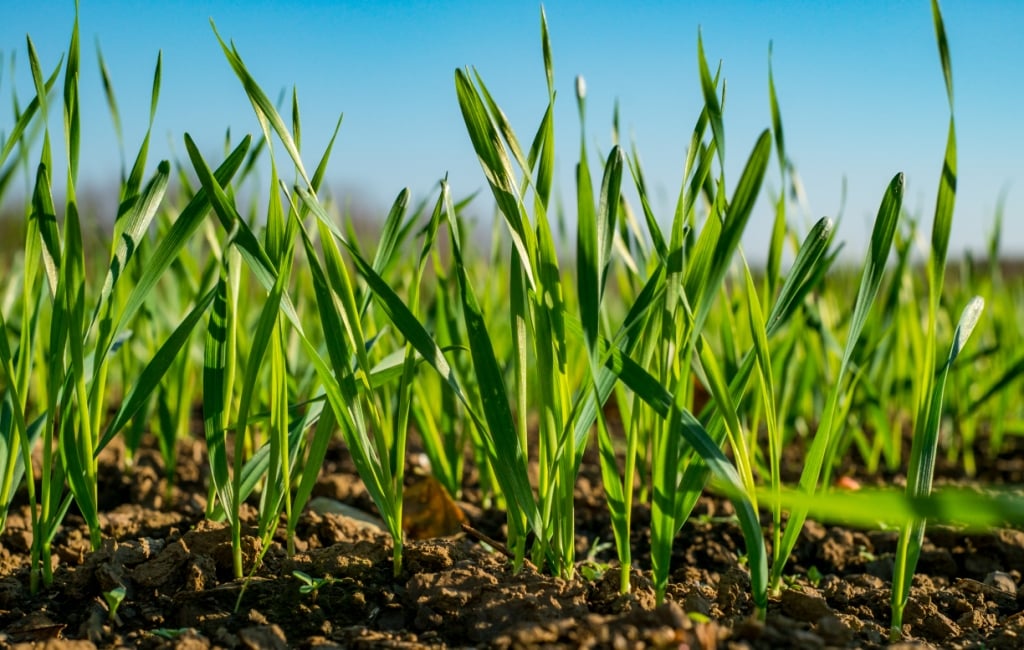
Quality wheat after soil care and correct fertilization
It is also important to highlight that the agricultural sector has been looking favorably on the Crop Plan for the 2019/2020 cycle. The project will have a contribution of R$ 222,4 billion for farmers to invest in funding, investment and marketing. Of these, R$ 18,28 billion will be allocated to Family Agriculture at rates ranging from 3% to 4,6%; R$ 23,77 billion for medium producers, with rates of 6% per year; and 50,69 billion for large producers, with 8% interest per year.
favorable climate
Wheat demands low air temperature and humidity, little rainfall, deep and well-draining soils, as well as the right amount of nutrients in the soil and a high pH. In the first cycle, rains and even frosts are welcome, but these become dangerous the moment the grain begins to form, as they favor the flowering process while still in the ear, affecting productivity and quality.
Keeping an eye on diseases
Above-average rainfall contributes decisively to the development of weeds, pests and fungi, considered the greatest enemies of wheat crops. In the Cerrado, for example, wheat plantations have suffered from the appearance of spots and burns in the foliage, with rapid spread. This is only possible due to the humidity that favors the occurrence of diseases in crops, not only corn, but also soybeans, sorghum and beans.
To face problems related to diseases, pesticides are used, in addition to a rigorous biological control to understand and adequately treat possible phytopathologies. In addition, agricultural researchers are annually developing more resistant cultivars.
These wheat variations, which usually undergo genetic improvements, are increasingly accepted and absorbed by the market.

High quality wheat grains.
the time of harvest
The farmer cannot miss the right time of harvest, at the risk of losing the quality of the grains. Generally, the final stage of grain maturation takes place in the midst of an excessive period of rain, so there are two options: harvesting before precipitation and drying or when they reach 13% moisture, a moment that is considered appropriate. so that there are not too many losses.
Approximately 15% of the 2018/2019 wheat crop harvested in Paraná was in poor condition due to sudden changes in weather.
In order not to lose their investment, farmers had no choice but to sell to animal feed industries.
Political issues
In March, President Jair Bolsonaro reached an agreement with US President Donald Trump to import 750 tonnes of wheat from the country without charging customs duties. According to Conab, domestic consumption of wheat and its derivatives is around 11 million tons. As national production is close to 6 million tons, an external contribution of the grain is necessary through imports, a market that was dominated by Argentina.
The new agreement, which was later extended to other grain producers who wish to compete in the Brazilian market, such as Canada and Russia, favors the United States due to its high production capacity and high competitiveness vis-à-vis other countries. Politically speaking, the situation shakes the foundations of Mercosur.
economic issues
Another situation that has occurred in recent days and that could abruptly affect the price of the 2019/2020 wheat crop concerns the Mercosur-European Union agreement, which provides for, in the short term, the elimination of tariffs for essential items for agriculture. The import of wheat and its derivatives is one of the counterparts requested by the EU in the agreement between the two economic blocs, which can directly impact commodity prices.

